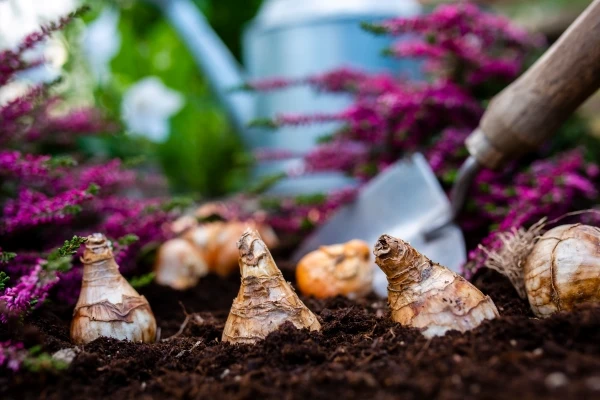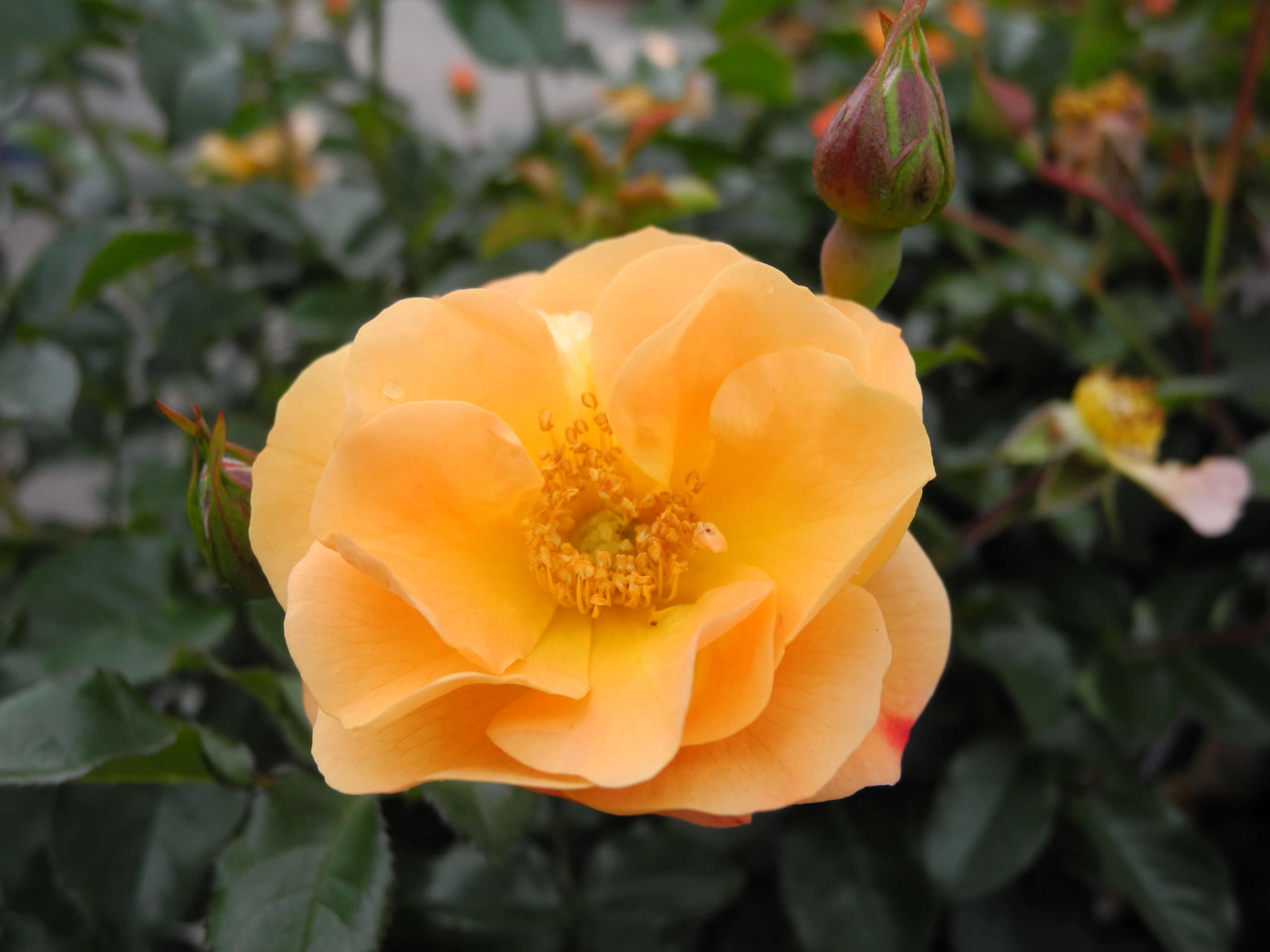
Early Spring Gardening Tips!
R is for Roses.
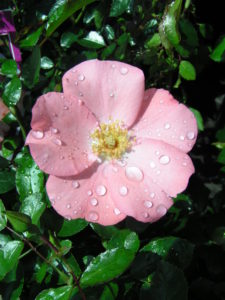
As rose growth begins after a long winter’s rest, it’s time to prune! It’s all in the buds. Take a close look at the canes of your existing roses. Do you see plump buds or new flushes of growth on the canes? If yes, those are healthy canes. Canes that are blackened, brown, or brittle should be removed – prune to healthy tissue with viable buds. No healthy tissue in the entire cane? Completely remove with clean, sharp pruners. Healthy canes can be trimmed back, as well. And if you grow low maintenance carpet, shrub, or knock-out rose types, prune back heavily now. Short and sweet: if your roses need a good pruning, NOW is the time to do it. After you’re finished pruning, fertilize to get plants off to a healthy start.
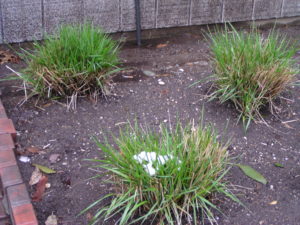
It’s time… Ornamental grasses need a good crew cut to remove all last year’s growth. Use sharp pruning shears and remove all the old, brown growth. Want to keep things neat? Bundle the growth before you cut. Into recycling? The old growth can be composted. Cut into smaller pieces and add to the pile. Good gardeners know the value of compost.
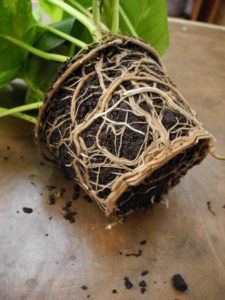
Spring is the time to repot any houseplants that are in desperate need of repotting. You know it’s a necessary chore when the roots: are wrapped in a circular pattern when you carefully remove the plant from the pot, if they are escaping out of the bottom of the pot, or have cracked through the pot. Rule of thumb: select a new pot that is no more than 2” (in diameter) larger than the existing pot. Use a clean pot and packaged potting soil for best results.
Organic matter matters! Spring is an ideal time to add organic matter to garden soil. Do this as soon as the ground is dry enough to be worked. If the soil is still wet, do NOT dig or rototill. Working wet soil ruins its structure. Good gardeners spend years building good soil structure only to destroy it by being impatient! Quick soil friability check – grab a handful of soil, if it crumbles in your hand, you can dig. If it balls up, wait, and check again in a day or two.
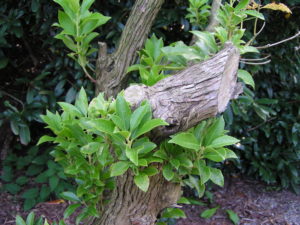
Itching to prune… It’s time to prune shrubs in the landscape, but only those that bloom later in summer or fall on new growth. Abelia, Beautyberry, Butterfly bush, Crape Myrtle, Rose of Sharon should be pruned now. You’ll want to wait to prune spring flowering shrubs like rhododendrons and azaleas until after flowering.
Here’s another pruning chore for early spring… If your foundation plantings – yew, andromeda, holly, and others are blocking the view from your windows or taken over a given space in the landscape, it’s time for some much-needed pruning. Early spring is the best time to give selected plants a needed crewcut! Patient gardeners know that it can take several years or more for plants to fill-in with growth. If you’re not patient, better to start with new plants in the landscape.
Winter wraps! It’s time to uncover fig trees. Trees that were give a winter blanket need to be free of wraps of burlap, tar paper or other insulation. While you’re at it, remove any winter protective mulch (evergreen bows and salt hay) from perennial and rose borders. Doing so will allow the soil to warm as new growth begins to push.
You know spring is here when daffodils, crocus, hyacinths, and others make their annual appearance in the landscape. That’s your cue to fertilize them. Use a specialty bulb food or bone meal to ensure healthy bulbs and flowers for future years.



